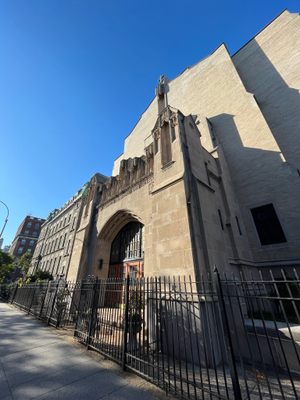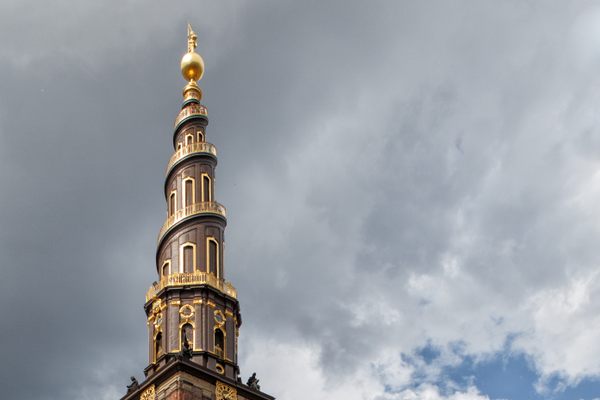About
The Fort Greene block delimited by Clermont, Vanderbilt, Lafayette, and Greene avenues is well known for two things: the 85-year-old campus of Bishop Loughlin Memorial High School that graduated Rudy Giuliani about 20 years before expelling Biggie Smalls. But neither the school’s students, nor the people browsing vintage wares, and sipping artisanal sodas on the handball courts each Saturday tend to be aware that they are standing on the site of what was once to be America’s largest cathedral.
When John Loughlin, the school’s namesake, was appointed the first Bishop of Brooklyn one of his signature projects was to make Brooklyn into the “city of churches.” His most ambitious project was to begin a Cathedral for the newborn diocese that would put Manhattan’s St Patrick’s to shame. In fact, the structure he dreamed up was big enough in its plans not just to rival Manhattan’s, but to be the grandest Cathedral Basilica in the US or what the Brooklyn Daily Eagle reported was “destined to become the crowning memorial of Bishop Loughlin’s apostolic zeal.” In 1860, Loughlin paid 50,000 for the entire block, which measured 470 by 200 feet, and by 1868, the cornerstone of the Cathedral was laid before an audience of 20,000.
The plans did not go well: less than ten years later, funds ran out for the million-dollar cathedral. The exterior walls stood at a height of 10 feet around the entire block “like a huge dismantled fortress” according to the Brooklyn Daily Eagle. John Loughlin had moved into the Chancery, the only part of this project that still stands on the corner of Clermont and Green. John Loughlin died, and while his successor still hoped to complete the Cathedral, he did not advocate for the grandiose project and eventually it was dismantled to make room for the school. Later Bishops did not even live in the Chancery building but moved to the more illustrious Pratt mansion on the great millionaire's row of Clinton Avenue. That left the Chancery for the boarding of Christian brothers, which continued until 2007 when it was renamed La Salle Hall and converted to the dormitory of Boys Hope Girls Hope Program.
To stand in for the great Brooklyn Cathedral that never came to fruition, Bishop McDonnell named several co-cathedrals around the borough while Queen of All Saints, which stands across Lafayette Avenue from the lot, remains the grandest neighborhood church. While it was modeled on Paris' Sainte-Chapelle, the New York Time's announcement of its completion accidentally credits the inspiration for the bright and delicate neo-gothic building as “Sans -Chapelle,” or “Without Chapel.” What more appropriate view for a Sans-Chapelle to look out over than a great yard that is likewise both Sans-Cathedral and Sans-Basilica?
Related Tags
Know Before You Go
While LaSalle Hall stands on the corner of Green and Clermont, the proposed Cathedral Basilica of the Immaculate Conception was to take up the entire block.
Community Contributors
Added By
Published
August 13, 2014































